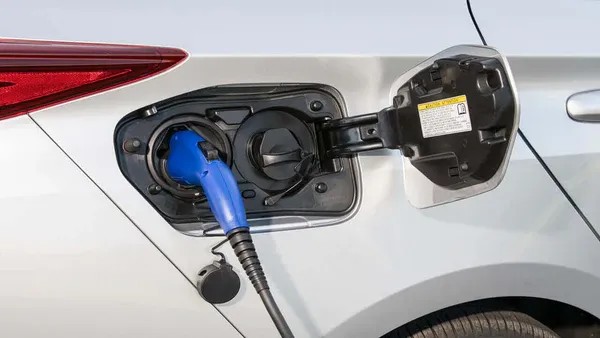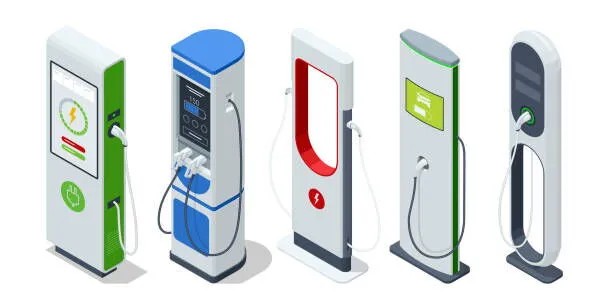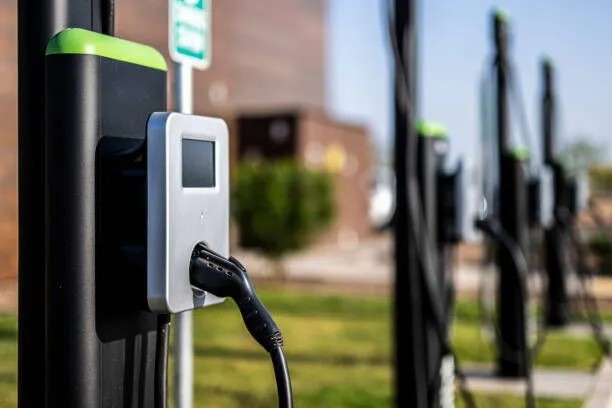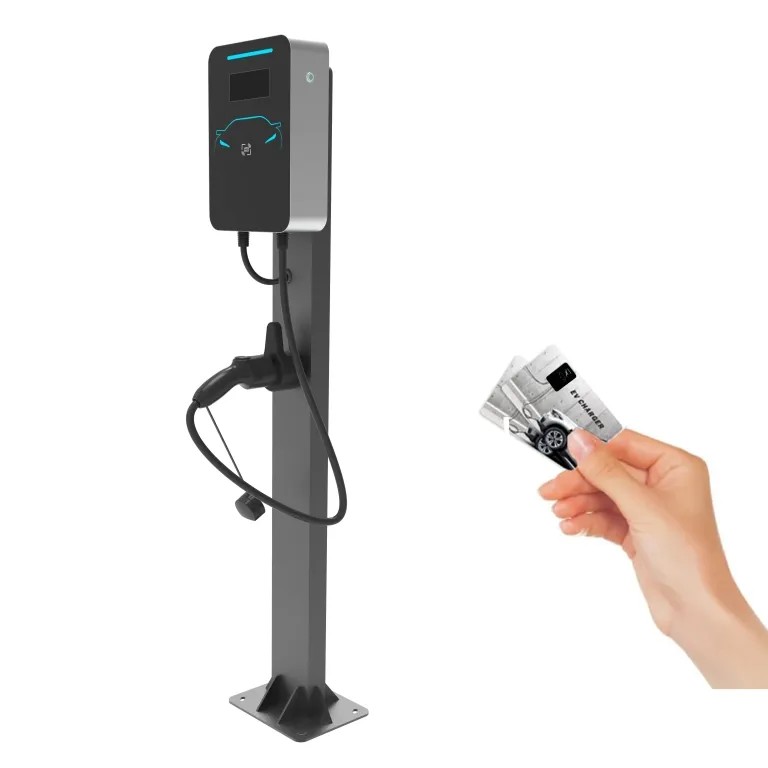EV Charge Point Management: Powering Modern Charging

Strong 8k brings an ultra-HD IPTV experience to your living room and your pocket.
Powering the EV Future: The Critical Role of Charge Point Management Systems (CPMS)
As a leading EV charger manufacturer in China, LiCB Charge offers reliable AC and DC electric vehicle charging stations along with comprehensive charging solutions.
The global shift to electric vehicles (EVs) is accelerating faster than ever. With governments pushing aggressive net-zero targets and automakers phasing out internal combustion engines, the demand for a robust and intelligent EV charging infrastructure has reached a tipping point. At the center of this transformation lies the Charge Point Management System (CPMS) — the digital backbone of modern EV charging networks.
More than just a monitoring tool, a CPMS is a comprehensive software platform that empowers charge point operators (CPOs), e-mobility service providers (eMSPs), and businesses to efficiently manage, optimize, and monetize charging stations. From real-time remote control to energy management and user authentication, CPMS platforms ensure networks run at peak efficiency and deliver a seamless charging experience.
This guide explores:
The architecture and key functionalities of CPMS
Why CPMS solutions are vital to scalable EV infrastructure
Challenges addressed by intelligent charge point management
Cutting-edge innovations and future trends shaping CPMS
By the end, you'll understand how CPMS is driving the EV revolution and laying the groundwork for a smarter, more sustainable transportation future.
Section 1: What Is a Charge Point Management System (CPMS)?
1.1 Definition & Core Function
A CPMS is a centralized software solution that manages, monitors, and controls a network of EV charging stations. Unlike standalone chargers, which function in isolation, a CPMS enables communication between devices, ensuring coordinated operations based on demand, availability, and energy optimization.
1.2 Core Components of a CPMS
1.2.1 Central Management Dashboard
Real-time visibility of charger status, usage, and fault alerts
Remote controls for starting/stopping sessions, rebooting devices, and pushing firmware updates
1.2.2 User Authentication & Access Control
Multiple authentication methods supported:
RFID cards
Mobile app with QR scan
Plug-and-charge (ISO 15118)
SMS/email authorization
1.2.3 Billing & Payment Integration
Customizable pricing models (per kWh, per minute, flat fee)
Payment gateway integrations (e.g., Stripe, PayPal, Adyen)
Automated invoicing for fleets and commercial clients
1.2.4 Energy Management & Load Balancing
Dynamic load balancing to avoid grid overload
Smart charging algorithms to reduce energy costs
Integration with renewables like solar and wind
1.2.5 Analytics & Business Intelligence
Usage metrics, peak demand, and revenue tracking
Sustainability reporting and carbon savings
Predictive maintenance alerts and performance diagnostics
Section 2: Why CPMS is Essential for EV Charging Networks
2.1 Scaling Infrastructure with Ease
As networks expand, CPMS makes it possible to:
Add new chargers without complex setup
Manage thousands of units from a single interface
Standardize control across diverse hardware platforms
2.2 Supporting Grid Stability
Smart CPMS features mitigate grid stress by:
Distributing power based on real-time demand
Participating in demand response programs
Maximizing usage of green power sources
2.3 Enhancing the EV Driver Experience
Reliable charging builds user trust. CPMS helps by:
Providing live charger availability via apps/maps
Detecting and alerting operators to faults instantly
Enabling seamless roaming across networks (OCPI compliance)
2.4 Unlocking New Revenue Streams
CPMS enables monetization models including:
Subscriptions for regular users
Reserved charging and premium location access
Advertising, retail partnerships, and loyalty programs
Section 3: Innovations Shaping Next-Gen CPMS
3.1 AI & Predictive Maintenance
Machine learning to detect anomalies before failures
Reduced service downtime via automated diagnostics
3.2 Vehicle-to-Grid (V2G) Integration
Turn EVs into energy assets feeding power back to the grid
CPMS manages energy trading and monetization
3.3 Blockchain for Secure Transactions
Decentralized billing for transparency and fraud prevention
Smart contracts enable seamless automated payments
3.4 Fleet Automation & Smart Dispatch
Autonomous scheduling for fleet operations (e.g., robotaxis)
Priority-based charging based on usage needs and battery levels
Section 4: The Future of CPMS
4.1 Ultra-Fast & High-Power Charging
Manage chargers exceeding 350kW without grid overload
Battery buffering solutions to mitigate peak demand charges
4.2 Global Interoperability & ISO 15118
Cross-network roaming (e.g., opening Tesla Superchargers to all)
Plug-and-charge for automatic user recognition
4.3 Integration with Smart Cities
Dynamic pricing based on real-time traffic and grid conditions
Integration with public transit systems and smart grid IoT devices
Conclusion: CPMS is the Heart of EV Charging Infrastructure
As electric mobility continues to evolve, the Charge Point Management System is no longer a luxury—it is a necessity. CPMS platforms are the intelligence layer that enables reliable, scalable, and profitable charging networks.
By providing robust control, seamless user experiences, and energy-efficient operation, CPMS platforms support the global shift to clean transportation. As EV adoption grows, these systems will play an increasingly vital role in making electric mobility practical, profitable, and planet-friendly.Know more about Google SEO Directory
Note: IndiBlogHub features both user-submitted and editorial content. We do not verify third-party contributions. Read our Disclaimer and Privacy Policyfor details.







